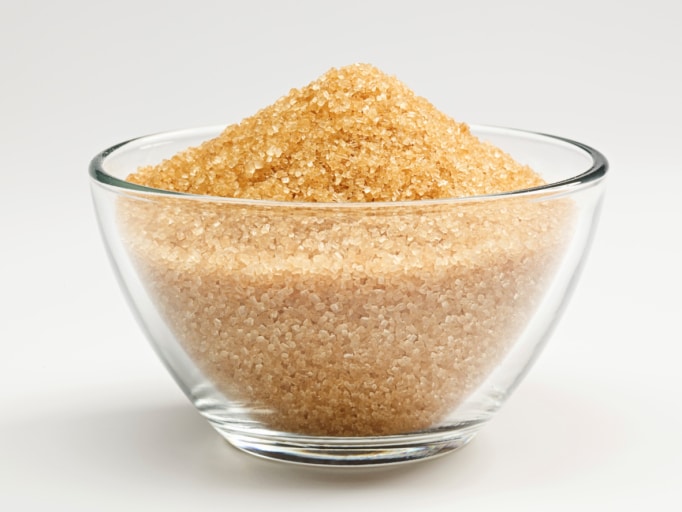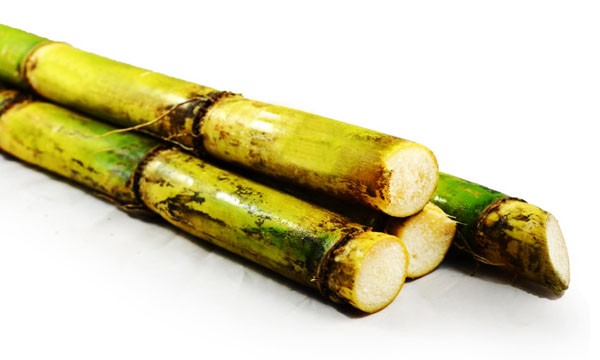Cane Sugar Processing: Traditional Methods and Modern Innovations
Cane Sugar Processing: Traditional Methods and Modern Innovations
Blog Article
An Extensive Guide to the Environmental Effect and Sustainability Practices in Cane Sugar Handling
The environmental impact of walking stick sugar handling presents a complex array of challenges that warrant cautious assessment. From dirt destruction and extreme water use to the carbon footprint linked with farming and production, the consequences of typical methods are far-reaching. What specific methods can be applied to strike an equilibrium in between productivity and environmental stewardship?
Review of Cane Sugar Handling
Walking stick sugar handling includes a collection of methodical actions that change sugarcane right into refined sugar. Initially, collected sugarcane is transported to refining facilities, where it goes through cleaning to get rid of dirt and debris. Following this, the cane is crushed to remove juice, which is then clarified by getting rid of pollutants with home heating and the addition of lime.
The cleared up juice goes through dissipation, where water is eliminated to focus the sugar content. This concentrated syrup is then crystallized through air conditioning, enabling sugar crystals to develop. These crystals are separated from the remaining syrup utilizing centrifugation, resulting in raw sugar. To accomplish polished sugar, the raw item undertakes more purification processes, which may include filtering system and washing to eliminate staying contaminations and shade.
The end product is then dried and packaged for circulation. Throughout this whole procedure, keeping efficiency and top quality control is important to guarantee the sugar fulfills sector criteria. Each action in cane sugar handling not only adds to the final item however additionally has implications for resource use and waste generation, establishing the stage for discussions on sustainability and environmental impacts related to sugar production.
Environmental Obstacles of Production
The manufacturing of walking cane sugar offers a number of substantial environmental difficulties that warrant interest. One primary issue is the considerable use of agrochemicals, consisting of pesticides and plant foods, which can lead to soil destruction, biodiversity loss, and contamination of local water sources. The drainage from sugarcane fields commonly carries these chemicals right into nearby ecosystems, interfering with water life and influencing the wellness of communities reliant on these water bodies.
An additional challenge is the high energy intake linked with sugarcane processing. The boiling and refining phases need considerable warmth, primarily produced by burning fossil gas, adding to greenhouse gas exhausts. Furthermore, the extensive land location needed for sugarcane farming can result in deforestation and habitat devastation, more intensifying environment adjustment and threatening wildlife.
Moreover, the labor techniques in some regions elevate ethical problems, as workers may deal with bad working problems and insufficient salaries. This scenario typically bolsters a cycle of hardship in local areas. Cane Sugar Processing. Resolving these environmental challenges is essential for creating more lasting methods in walking cane sugar production, eventually benefiting both the setting and the neighborhoods involved in this market
Water and Land Usage Influence
Water sources and land utilization are essential parts in the walking cane sugar industry that dramatically affect the setting. The growing of sugarcane needs significant water input, with price quotes suggesting that it can take in approximately 2,000 liters of water per kilo of sugar created. This intensive usage of water usually brings about exhaustion of regional water sources, impacting not just the sugarcane ranches but likewise surrounding ecosystems and areas that depend on the exact same water resources for agriculture and residential use.

Moreover, land use for sugarcane farming can result in logging and the conversion of all-natural habitats into monoculture plantations. This practice diminishes biodiversity, interrupts regional ecological communities, and adds to soil degradation. The growth of sugarcane areas commonly trespasses on useful farming land, creating competition for sources in between food and biofuel manufacturing.
Sustainable techniques, such as optimizing watering methods and carrying out plant rotation, are essential to minimize these effects. By taking on more reliable water use and land management methods, the cane sugar industry can decrease its ecological impact, ensuring an equilibrium in between agricultural productivity and environmental preservation.
Greenhouse Gas Emissions
Greenhouse gas exhausts represent a significant ecological worry within the cane sugar handling industry, especially as farming methods broaden to fulfill international need. The growing of sugarcane, a crop that grows in exotic climates, counts greatly on synthetic plant foods and chemicals, which add to laughing gas emissions. Additionally, land-use adjustments, consisting of logging for new sugarcane ranches, release co2 kept in greenery and dirt.
During handling, energy usage is one more significant resource of greenhouse gas discharges - Cane Sugar Processing. Many sugar mills utilize fossil fuels to power equipment and create warm, leading to significant carbon impacts. Furthermore, the transportation of raw directory sugarcane and completed products includes layers of emissions with gas burning in lorries
The cumulative impact of these emissions aggravates climate modification, presenting threats not just to the environment yet additionally to the long-term stability of the industry. Stakeholders need to recognize the immediate demand for comprehensive techniques that address these discharges. This entails evaluating existing agricultural methods, refining methods, and transport systems to identify areas for renovation and mitigation. Dealing with greenhouse gas exhausts is vital for cultivating an extra sustainable walking stick sugar industry in a changing environment.

Sustainable Practices and Innovations
Lasting methods and innovations are increasingly crucial in the walking stick sugar handling market as stakeholders seek to lower environmental impacts while preserving efficiency. One substantial innovation is the implementation of integrated crop administration, which maximizes resource usage by incorporating soil management, parasite control, and plant turning techniques. This strategy enhances return while decreasing chemical inputs and protecting dirt health and wellness.
Additionally, the fostering of sustainable power sources, such as biomass from sugarcane residues, has obtained traction - Cane Sugar Processing. By converting waste products right into power, processing centers can minimize their reliance on nonrenewable fuel sources, therefore lowering greenhouse gas discharges
Water administration techniques have actually likewise seen enhancements via the recycling and reusing of water in handling plants, significantly reducing freshwater intake. Technologies in innovation, such as precision farming, make it possible for farmers to keep an eye on plant wellness and resource use much more successfully, ensuring lasting cultivation techniques.
Additionally, certification programs like Fair Profession and Jungle Partnership urge eco responsible farming practices and promote social equity within the supply chain. By embracing these lasting methods and advancements, the cane sugar processing industry can improve its strength and contribute positively to ecological stewardship.
Final Thought
The environmental effect of walking cane sugar handling provides substantial obstacles, including dirt deterioration, high water look at here now usage, and greenhouse gas discharges, alongside moral problems connected to labor techniques. Dealing with these problems with lasting practices, such as integrated crop administration, eco-friendly energy adoption, and water recycling, is vital. By advertising eco liable and socially fair methods in sugar production, the sector can reduce its damaging effects, making sure a much more lasting future for both environments and areas associated with this industry.
Walking cane sugar processing includes a collection of systematic actions that change sugarcane into refined sugar. Each action in cane sugar processing not just adds to the final item but try this web-site likewise has implications for source use and waste generation, setting the phase for discussions on sustainability and environmental impacts connected with sugar production.
Greenhouse gas discharges represent a significant environmental worry within the walking cane sugar handling sector, especially as agricultural methods broaden to meet global need.Lasting techniques and advancements are significantly important in the cane sugar handling market as stakeholders seek to reduce ecological effects while keeping performance.The ecological effect of cane sugar handling presents substantial challenges, including soil destruction, high water consumption, and greenhouse gas exhausts, alongside honest worries associated to labor practices.
Report this page